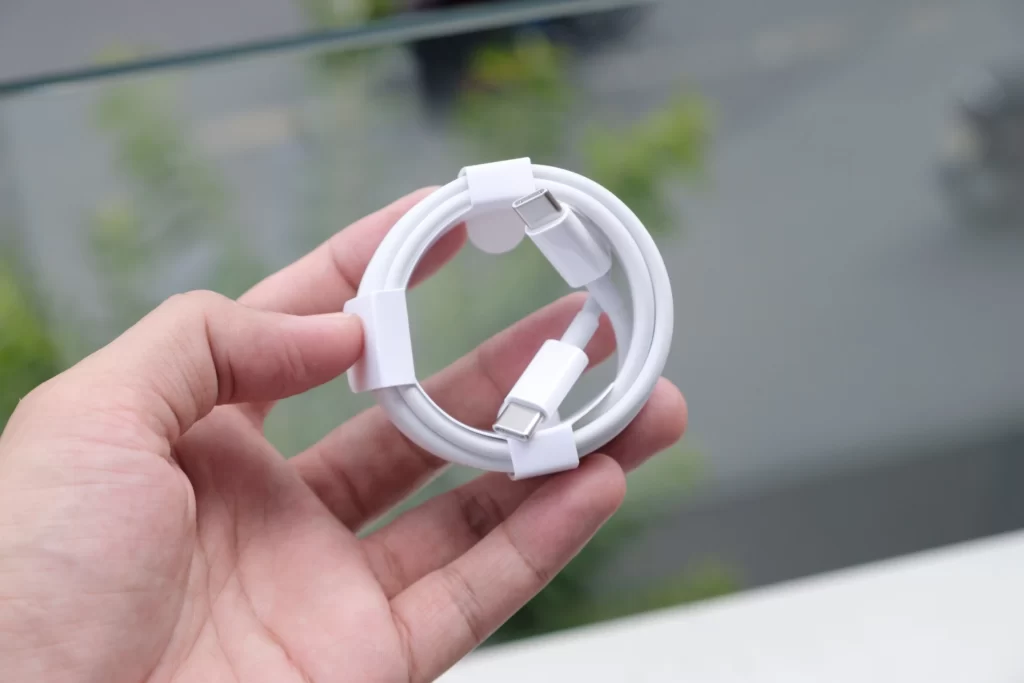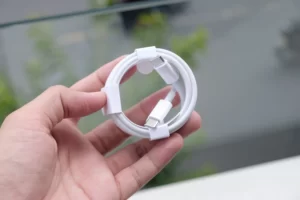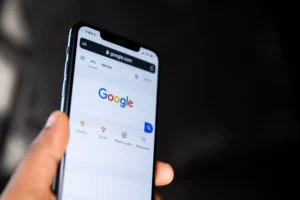Introduction
Apple has utilized the Lightning connector as the standard interface for charging and data transfer on the iPhone for nearly a decade. The Lightning connector debuted with the iPhone 5 in 2012, replacing the cumbersome and antiquated 30-pin Dock Connector. The Lightning connector was commended for its compact size, durability, and reversibility, which made plugging in the cable easier and faster.
USB-C has many advantages over Lightning, including quicker speeds, more power, and greater mobility. Additionally, USB-C offers new features and technologies such as cloud gaming, augmented reality (AR), virtual reality (VR), and others.
Apple is anticipated to abandon the Lightning port in favor of USB-C on the iPhone 15 in 2023. This decision is influenced in part by a new European Union rule mandating that all phones sold in its member countries utilize USB-C for physical charging by the end of 2024. This decision, however, is a natural and unavoidable step for Apple, which has already accepted USB-C on other products such as the MacBook and iPad.
In this article, we’ll look at why Apple is converting from Lightning to USB-C on the iPhone, what the benefits and challenges are for users and developers, and what the consequences and prospects are for the iPhone’s future.
Why Apple is Switching from Lightning to USB-C on the iPhone
Apple is switching from Lightning to USB-C on the iPhone for several reasons, such as:
- Compliance: Apple has to comply with the new EU law that mandates USB-C as the common charging port for all phones sold in its member countries by the end of 2024. This law aims to reduce electronic waste and increase consumer convenience by harmonizing the charging standards across different devices and brands. Apple has previously argued against this law, saying that it would stifle innovation and harm consumers. However, Apple has no choice but to follow the rules or face fines and penalties.
- Convenience: Switching to USB-C on the iPhone can also benefit Apple by providing additional convenience and compatibility to its users. iPhone customers can use the same cable and charger for their other devices, such as MacBooks, iPads, AirPods, or Android phones, by using USB-C. They can also gain access to more USB-C accessories and services, such as external displays, keyboards, mouse, headphones, and power banks. They will also benefit from quicker charging and data transfer speeds with USB-C over Lightning.
- Apple may also employ USB-C on the iPhone to enable additional innovation and features for its users. iPhone users can take advantage of emerging technologies and experiences that demand a high-speed internet connection with low latency, such as cloud gaming, AR, VR, and others, by using USB-C. They can also leverage new content generation and consumption modes and formats such as holographic videos, interactive movies, live events, and more. They can also employ innovative business models and monetization tactics such as subscriptions, microtransactions, advertising, and sponsorship, among others..
What are the Benefits and Challenges of Switching from Lightning to USB-C on the iPhone
Switching from Lightning to USB-C on the iPhone also comes with some benefits and challenges for users and developers, such as:
- Advantages: By using USB-C, users can experience greater ease and interoperability with their other devices and accessories. With USB-C, they can also enjoy faster and more versatile charging and data transfer. They can also use USB-C to access more features and technologies that demand a high-speed internet connection with low latency. With USB-C, developers may create more inventive and diverse apps and games with improved graphics, sound, and gameplay. With USB-C, they may also reach more customers and markets by offering new platforms, devices, and services. They can also save money and make more money by using more efficient and flexible development and distribution strategies with USB-C.
- Users may experience some hassle and expense while replacing their existing Lightning cords and accessories with new USB-C ones. They may also encounter compatibility and interoperability concerns with older devices or services that continue to use Lightning or other interfaces. They may also face some security and privacy issues if they use uncertified or unsafe third-party cables, chargers, or accessories. When using new technologies and standards with USB-C, developers may face certain adaption and optimization problems. They may also encounter compatibility and interoperability issues with other platforms or services that employ different ports or protocols. They may also encounter some regulatory and policy obstacles in order to comply with various regulations or requirements in different locations or markets.
What are the Implications and Opportunities of Switching from Lightning to USB-C on the iPhone
Switching from Lightning to USB-C on the iPhone also has some implications and opportunities for the future of the iPhone, such as:
- Implications: The changeover to USB-C may mark the end of Apple’s proprietary and exclusive approach to ports and connectors, and the start of a more open and universal approach. The transition to USB-C may also mark the end of the physical port era and the start of wireless charging. The transition to USB-C may also mark the end of the era of isolated devices and the beginning of the era of linked devices.
- Opportunities: The switch to USB-C may open up new genres and formats of apps and games, new modes and features of content creation and consumption, new business models and monetization strategies, new partnerships and collaborations among developers, publishers, platforms, operators, service providers, content creators, influencers, and others.
Conclusion
The iPhone’s new standard port is USB-C, which replaces the Lightning connector that has been in use for nearly a decade. This shift is being spurred in part by a new EU rule that mandates USB-C as the standard charging port for all phones sold in EU member countries by the end of 2024. However, this is a natural and unavoidable shift for Apple, which has already used USB-C on other products like as the MacBook and iPad.
USB-C also has ramifications and potential for the iPhone’s future, such as indicating the end of Apple’s proprietary and exclusive approach to ports and connectors and the start of a more open and universal approach. USB-C also heralds the end of the physical port era and the dawn of wireless charging. The introduction of USB-C also marks the end of the solitary device era and the beginning of the connected device era.





More Stories
What You Need to Know About Wi-Fi 6 and Its Speed Benefits
Quantum Computing: How It Works and What It Means
The Benefits of 5G Technology: What You Need to Know